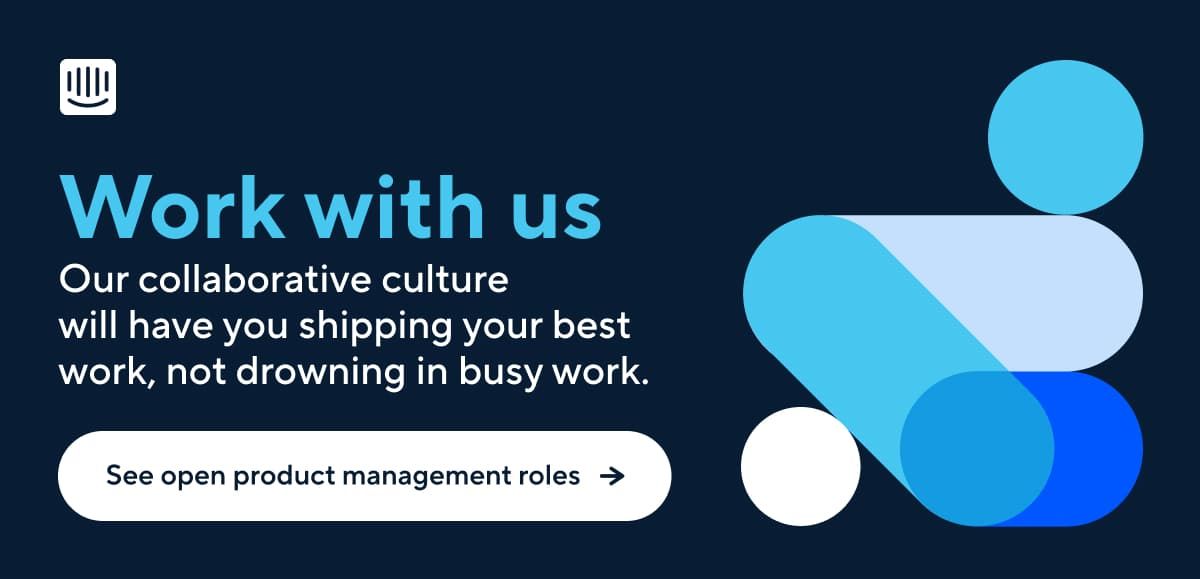
Why product teams work best without a single leader
Main illustration: Jenn Liv
We had an offsite a couple of weeks ago where we reached a counterintuitive conclusion: product teams work best without a single leader.
There’s a basic psychological principle some of you may be familiar with called “diffusion of responsibility”. It was initially developed to explain the lack of initiative people displayed in group settings when a crime was being committed.
For example, if you’re on a beach with a bunch of people around and it looks like a random person is stealing someone’s wallet while that unsuspecting victim has gone for a dip in the sea, you and your neighbours are likely to do little more than give a meekly menacing grimace. Something like this: 😐
In contrast, if you’re the only other person on the beach while someone tries to steal a wallet, you’re much more likely to do something useful, like actually shout at the thief or maybe even confront them.
The basic insight is that when groups of people witness something bad, an ambiguity of responsibility emerges, which often results in no one doing anything. It explains a lot of really awful human behaviour. But once you’re aware of it, you can deliberately avoid it.
Like any solid insight from psychology, the business world has been quick to pounce. Our setting isn’t the beach, it’s the meeting room where ambiguity of responsibility is rampant.
Why having a clear leader works
We’ve all been a part of too many meetings where we vigorously nod our heads in agreement to stuff that needs to get better and ideas on how to do it. We leave the meeting and six months later we have the same conversation again, with zero progress. So, best practice for any meeting is to leave not only with actions, but with owners for every action.
You might have also heard about Apple’s Directly Responsible Individual, a simple way of enforcing accountability at meetings. Like all acronyms, you immediately surrender credibility as a likeable human if you actually call it DRI, but that doesn’t take away from the fact that it’s gospel for how to get anything done, or done well, in a company.
This concept extends out to projects, initiatives and teams. Your best chance for success is to have a single person ultimately responsible.
Except when it comes to product teams
In our experience product teams work best without a single leader.
Product teams are an interesting organism. They can seesaw between being fragile and resilient. They can thrive when they have a clear purpose and lots of autonomy to realise that purpose. In our setup, leadership is ambiguously split between the engineering manager (EM) and product manager (PM). It’s a partnership – either both succeed or neither does. And the designer slots into that partnership as well, in a fluid and totally undefined way.
It’s not as if there’s no areas of primary ownership. EMs drive weekly planning and goals. PMs drive the roadmap and problem statements. Designers own the solutions. But everyone is vocal in most debates, as is the entire team. There’s no de facto leader. I guess, if you’ll indulge me, it’s a like a good marriage. No single person is calling the shots.
And generally it works really well.
It requires a real commitment to partnership, and one that needs to be nurtured and protected. It needs trust, humility and a willingness to do whatever needs to be done. And my hunch is that daily effective communication and teamwork is the secret sauce that glues the whole thing together. It means that small teams can work remarkably well without a clear figurehead, without a distinct leader.
If you fancy a bit of that, come join us.








